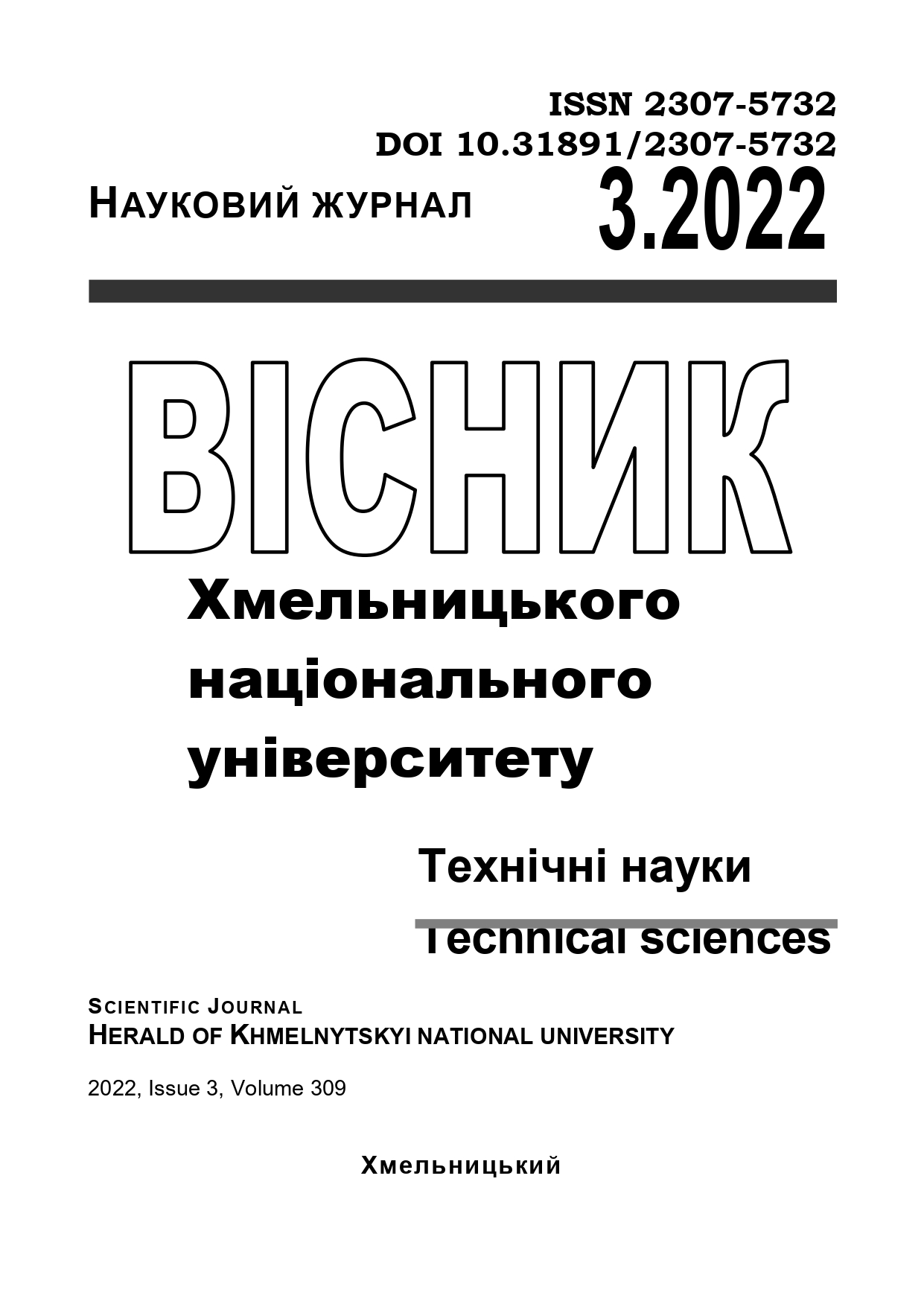LANGUAGE INDEPENDENT SOFTWARE CODE REPOSITORY
DOI:
https://doi.org/10.31891/2307-5732-2022-309-3-221-228Keywords:
multigraph, tokens of subject area, program code, software code repositoryAbstract
The article considers the construction of a language-independent repository of program code, which is based on a new model of program code representation based on a multigraph with tokens of the subject area. The main analogues of the system and the models on which they are based are considered: finite state machines, Petri nets, P-schemes. A comparative analysis of similar solutions is given. During the analysis, three main indicators were used: the ability to model the implementation of the program step by step ("white box"), the ability to build an interface in natural language, isomorphism of basic mathematical concepts. Based on the analysis, it was concluded that it is necessary to develop a new model of program code based on multigraph, which will represent the functioning of the program as a "white box", be able to build an interface in natural language and be a completely isomorphic basic mathematical concept. The model of representation of the processed data for such model - the token of subject area is developed. It includes information about the attribute name, its type, and the current value. The model code based on the multigraph is multilayered. Each layer reproduces some program code procedure. Each layer contains a representation of the algorithm of the procedure. Representation of the basic algorithmic constructions is developed: compositions of two operators, alternatives and a cycle with postcondition and precondition on the basis of the developed multigraph model. Data processing is modeled as the movement of one subject area token by a synthesized multigraph. The repository architecture based on the new subject area model is synthesized
Downloads
Published
Issue
Section
License
Copyright (c) 2022 О. ПРИГОЖЕВ (Автор)

This work is licensed under a Creative Commons Attribution 4.0 International License.

